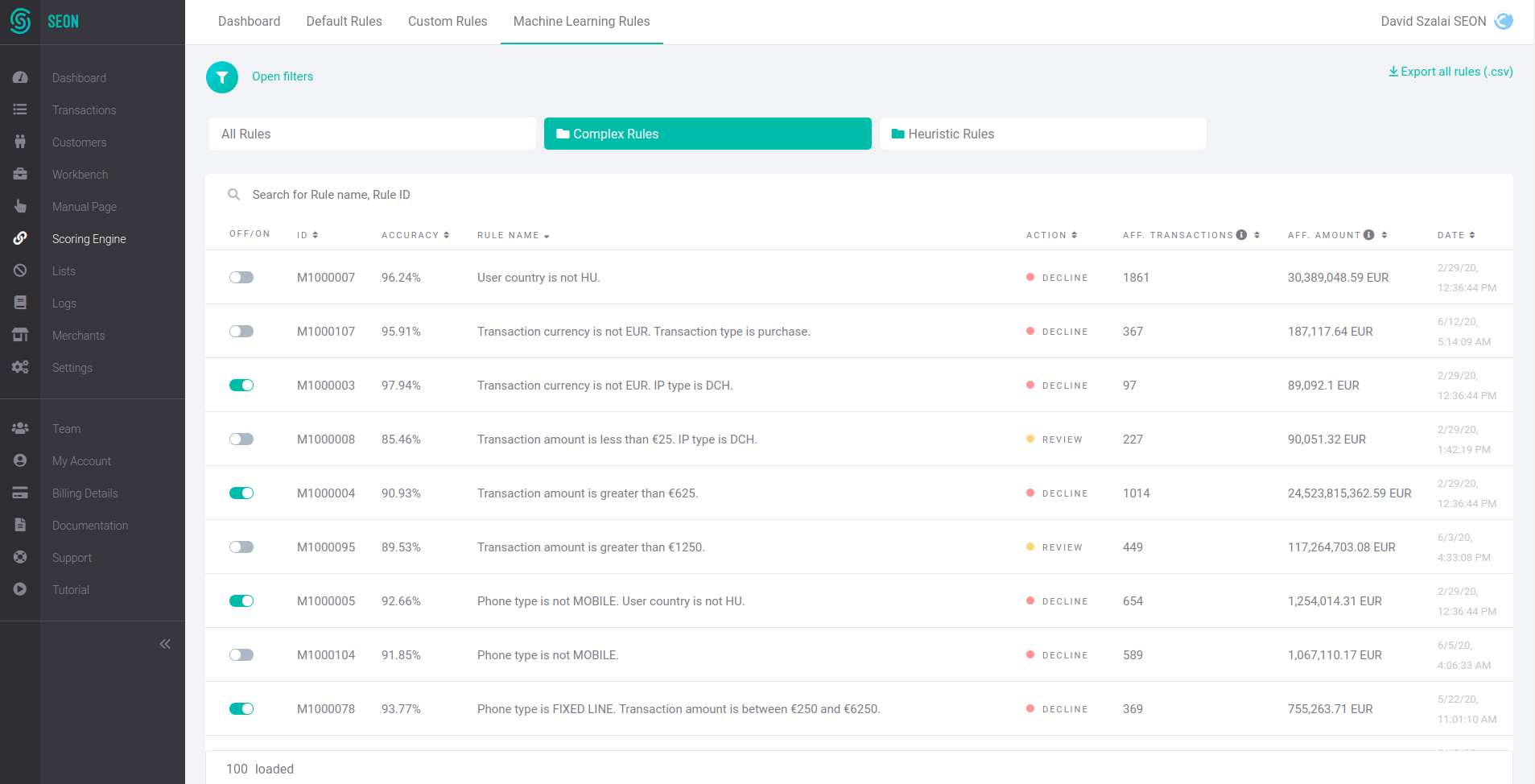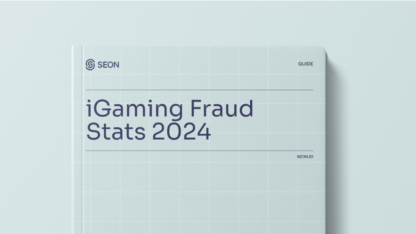User acquisition fraud is damaging the marketing campaigns’ success rates. Here’s how to reduce customer acquisition risk today.
Affiliate marketing, or performance-based marketing, was once seen as the sale technique of snake oil salesmen and pyramid schemers. It’s also the key tool of iGaming marketers, who are not otherwise allowed on ad networks for customer acquisition.
But these days, affiliate marketing is increasingly legitimized by media publishers, the influencer culture, and price comparison websites. Even fintechs and challenger banks rely on the model to gain traction quickly.
In fact, according to Forrester research, affiliate marketing spend has been growing at a CAGR of 10.1%, reaching $6,8M in 2020. Amazon associates have 900,000+ affiliates. ShareASale has 700,000+. This isn’t a marketing trick any longer, but a mainstream tactic.
The problem? Fraudsters are rapidly infiltrating affiliate marketing, which simply means your advertising dollar brings a lot less ROI.
Today we’ll examine the key challenges of affiliate marketing when it comes to fraud, and we’ll look at steps you can take to reduce customer acquisition risk.
The How and Why of Ad Fraud
“Some fraudsters will even sell opt-out lead lists as opt-ins, which means a number of upset people could report your email marketing campaign as spam.”
Pay-per-lead and cost-per-acquisition models are at risk the most. And research by Juniper found that advertisers’ total loss to fraud will rise to $100 billion by 2023. Here are the key kinds of ad fraud you might be a victim of:
- Domain spoofing: fraudsters create fake landing pages designed to replicate legitimate ones. They collect user data through forms, and redirect them towards your site.
- Cookie stuffing: a fraudster will somehow add fraudulent cookies to a legitimate website, and earn a commission if the user carries on all the way to the conversion stage.
- Influencer marketing fraud: unscrupulous influencers will boost their own numbers using bots. Some fraudsters will even create fake influencer profiles, which are in fact run by bots.
- Click farms / click bots: if you reward affiliates on a pay per click model (PPC), some of them will hire the services of click farms to boost their numbers.
- Ad impression fraud: similarly, if you pay per thousand impressions (CPM), bad affiliates will stack ads on their site. The webpage only shows one ad to the users, but will fool your system into thinking your ad has been seen too.
- Lead Fraud: an increasingly worrying trend in marketing fraud. You, as a buyer, employ the service of a lead provider. There are many details they can misrepresent to you. The lead authenticity, collected data, site origin, etc… They can falsify opt-in leads using farmed data or databases found on the darknet. Some will even sell opt-out lead lists as opt-ins, which means a number of upset people could report your email marketing campaign as spam.
Why User Acquisition Fraud is Damaging
The immediate impact of affiliate fraud is that you waste precious marketing dollars.
Secondly, you are bringing in users who have no desire of going forward, and lose the conversion. It can play havoc with your analytics and make it harder to optimize later campaigns.
But, the long term effects can be more insidious, especially when affiliate fraudsters are smart and only bringing a small percentage of fraudulently-acquired traffic to you.
Do you have to bite the bullet and just accept your losses? Or take a stand and end the partnership altogether?
Hopefully, with the right fraud prevention tool, you should be able to know exactly which parts of your traffic are valid and which aren’t.
Step 1: Enable Proper Traffic Monitoring
A fraud prevention solution should give you robust traffic monitoring. Each customer will be tagged with their referral’s ID, so you should be able to slice and dice the data, either manually or automatically with filters.
Internal analytics will also keep track of the number of conversions affiliates bring to your business, by exposing the percentage of approved vs declined users at the onboarding stage.

Step 2: Deploy a Device Fingerprinting Tool
When users reach your site, you might think the only data you can get is their IP address and referral link. But there’s a lot more data you can extract thanks to enrichment tools.
This can help you in two ways:

Spot hidden customer connections: too many hashes point to the same user data, repeatedly? Have they appeared on the site before? You could be dealing with fake user info that’s been found in multiple lists and databases, for example, used here for the purpose of multi accounting.

Detect bots: the use of emulators or other tools like frauFox, Kameleo, Linken Sphere, MultiLogin or AntiDetect can strongly point to bot usage for scaled affiliate referral.
And if you’re concerned about creating too much friction for your users, don’t worry. Device fingerprinting and other data enrichment tools such as email profiling, IP address monitoring and phone number lookup all happen in real-time. And these tools will help you answer questions like:

Does the user have a suspicious IP? If the connection is too far from the country where their address is registered, for instance. Or you can also see if it points to certain proxies and VPNs.

Have they registered with any social media networks? A lack of online social media presence could point to a hastily created profile from stolen or fake documents.


Does their phone number look legitimate? Discrepancies between the country of origin, network and carrier type could also point to fraudulent users.
Answering all these questions help you create a complete digital profiling process at the customer acquisition stage and it also helps you fight different types of scams such as referral fraud.
Step 3: Analyze and Score the Behaviour
By that stage, you should have collected enough useful information to get a better sense of who users in your traffic are. It’s now time to see how they act.
With your fraud prevention solution, this behaviour analysis will come in the form of risk rules. Each rule increases or decreases the risk score, which gives you insights about what users are really doing on your site. For instance:
- Are they attempting too many connections per minute?
- How fast are the form fields completed?
- How quickly are they proceeding to the checkout stage?
- And many more other parameters…
These rules can be set manually, or a good fraud prevention solution may give you a set of basic rules as part of an industry-specific template. For instance, a set that’s ready to tackle bonus abuse in the gambling industry or eCommerce.
Advanced solutions will also leverage machine learning to suggest rules based on historical data. The longer you run the system, the more precise the suggestions will become. Just make sure your system is transparent (whitebox) so that the risk team can understand exactly what’s going on behind the scenes.

Stretch Your Marketing Budget Further With a Fraud Detection Solution
Modern online marketing is all about bringing traffic to your site. But if you pay someone to help, you’d better be sure they aren’t trying to take advantage of your partnership.
Whether it’s combined as a tool to reduce bonus abuse or to lower onboarding risk, the good news is that fraud detection solutions can act as a filter to vet good and bad affiliates. By measuring the number of legitimate users they bring to your site, you should be able to see exactly which affiliates are worthy of your time.
And best of all: thanks to modern integration techniques, you’ll be able to get started in hours, not months – so you can start boosting your marketing ROI, reduce customer acquisition risk and improve conversion rates today.
You might also be interested in reading about








